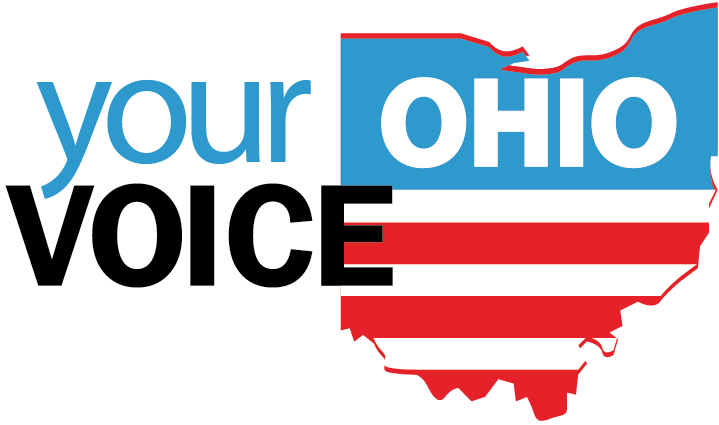Changing the opioid crisis
These are statistically proven solutions from Ohio and around the country. Some are personal action items, some can be accomplished by organizations and others require local governments to act.
For story context, see this story published as part of the Your Voice Ohio media collaborative.
Meanwhile, which ones are at work in your community, and which ones do you wish you had?
- Need help right now? The number in the Mahoning Valley is 211 for both Mahoning and Trumbull counties. (A list with hotlines for other Ohio counties is on the www.yourvoiceohio.org web site.
- Needle/syringe exchanges: By exchanging used for new syringes, heroin users are less likely to develop infections, contract HIV or hepatitis C, each of which would significantly increase health care costs. The exchange also encourages users to not discard infected needles in parks and parking lots because they have value, and also provides one more opportunity for health-care workers to have contact with victims, encourage treatment. Mahoning and Trumbull County do not have exchanges. Summit and Cuyahoga counties have programs open to all.
- Rapid Response Teams: A first responder, such as police or EMS, joins with health care and social workers to visit victims of overdose within a few days of the event. They ask questions that help victims think about personal behavior and discuss treatment. Mahoning County Sheriff has received grant for teams, Trumbull has none.
- Personal-record sharing: Widespread sharing of opioid patient records in the health community assists in tracking users to provide best treatment. Camden, N.J., Coalition Health Information Exchange maintains a central database and social workers pursue victims for counseling.
- EMS real-time data: Cincinnati has created a powerful internet dashboard showing EMS runs for the previous six months and since 2015, helping emergency responders and social workers determine where to concentrate efforts. City officials have used the dashboard to become more efficient with public services and save money. Trumbull County has a limited sharing of data that mixes drug overdoses with other incidents, removes demographics and location. An analysis shows the reports to be sometimes confusing.
- Tougher prescription guidelines: Ohio has enacted limits on the prescribing of addictive pain medications, particularly opioids, to reduce addictions. There is growing controversy over the limits because addicted users may turn to illegal heroin. However, fewer people are being exposed for the first time.
- County task force: Opioid task forces are a starting point for reviewing what works in other communities and applying those concepts to local work. Mahoning and Trumbull have focused more on law enforcement than treatment. They are part of a Mahoning Valley law enforcement task force. Other counties have created teams that view the epidemic through the lenses of education, intervention and treatment. Neighboring Columbiana County is among them.
- Medicine recycling or disposal: Removes addictive pain killers and other unused prescription drugs from the house. Multiple locations in the Mahoning Valley have drop-off boxes, and they also are at police departments In Youngstown, hospitals also accept prescription drugs.
- When you see an overdose, call 9-11: Ohio has a “Good Samaritan Law” that protects callers from prosecution for minor drug offenses if they are a participant and meanwhile witness a life-threatening overdose. However, there is a two-time limit from prosecution for the caller.
- Recovery coaching: The Ohio Department of Mental Health and Addiction Services offers coach training for people who want to work with a person with addictions. Recovery coaches encourage victims to write a recovery plan and then support the person through the plan. Coaches can be jail workers, law enforcement officials, social workers and volunteers.
- Obtain a free overdose revival kit: Ohio has distributed more than 53,000 Naloxone kits through its ProjectDawn, Deaths Avoided with Naloxone. In the Mahoning Valley, free kits can be obtained by making an appointment with the Mahoning County District Board of Health, 330.270.2855, ext. 125, or Trumbull County Combined Health District,330-675-2590 option #3. For other counties, see the state’s comprehensive list.
- Jail/treatment-center release: People most vulnerable to overdoses are those who have stopped using for a period of time and return to the same environment in which they used drugs. Some jails have created in-house education and treatment in an effort to steer inmates away from abuse after release.
- Drug courts: 33 counties in Ohio have some form of drug court that directs users to intervention programs rather than jail. A few are for juveniles only. Mahoning and Trumbull have adult drug courts. The Cleveland Plain Dealer this year explored controversy regarding the drugs used to treat addiction, with some reducing the craving, others preventing opioids from working.
- Schools: With data and a growing number of personal experiences, educators are creating programs targeted at students most at risk. National Public Radio recently profiled a new class at South Webster High School in the southern tip of Ohio. Students read about the epidemic, how it came to be and learn that “drugs are a national crisis, not just a family catastrophe.” Ohio has a “Start Talking” web page with resources for schools, churches, organizations and governments.




